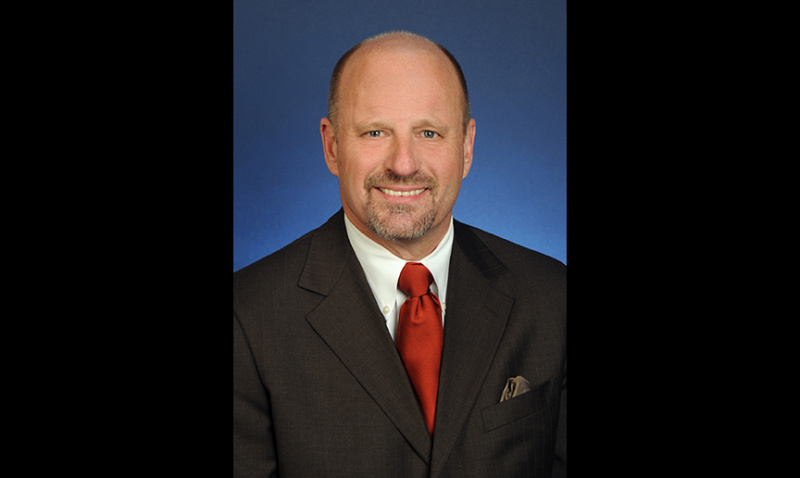 When my wife and I decided to “downsize” our lives, we purchased and renovated a home in the same neighborhood where we both grew up. In fact, we now live within two blocks of each of our childhood homes!
When my wife and I decided to “downsize” our lives, we purchased and renovated a home in the same neighborhood where we both grew up. In fact, we now live within two blocks of each of our childhood homes!
The neighborhood has certainly changed over the years, and is still in a state of flux as new families move in and reinvigorate the original 1960s-era homes, but there remains enough of the familiar that we instantly felt at home. Our new neighbors quickly formed the nucleus of our social life, and our daily walks with the dogs are met with smiles, barks, and friendly greetings!
Our neighborhoods are the fabric of our city. Neighborhoods are like the pieces of a beautiful patchwork quilt. Each has its own character (and perhaps characters!) and its own strengths and weaknesses, and must be protected and nurtured. When stitched together, the pieces form our community.
In a piece titled “The Neighborhood Is the Unit of Change,” New York Times columnist David Brooks writes, “the neighborhood, not the individual, is the essential unit of social change. If you are trying to improve lives, maybe you have to think about changing many elements of a single neighborhood …”
Thinking in terms of neighborhoods rather than individuals or entire cities has large consequences in policy making and structure. One size does not fit all, and the unique elements of each neighborhood, its inhabitants and its social structure must be considered. As Brooks writes, “it means adjusting the structures of the state that the neighborhood is an important structure of self-government, rather than imposing blanket programs willy-nilly across our neighborhood lines.”
The good news is that we have many here in Springfield that have understood this for a very long time, and have been working hard to promote and develop neighborhood-based solutions. Neighborhood feedback has a significant impact on community discussions surrounding schools placement and renovation, infrastructure improvements and development. It’s certainly not perfect, and we have much more work to do (particularly in regard to nuisance properties) but conversations are happening and more are listening.
Since I was appointed to the General C seat on City Council in October, I have already attended a neighborhood Community Improvement District meeting, a neighborhood clean-up, a Neighborhood Advisory Council Meeting, a block grant presentation, and multiple conversations surrounding zoning and policy issues impacting particular neighborhoods. I am listening and learning, as are many others.
I encourage all of us to continue the neighborhood conversations and raise them up. We have much to learn from each other, and much to gain. The updating of the City’s Comprehensive Plan will afford us an opportunity to set the vision for Springfield for the next decade, and we should be absolutely certain that we retain and improve the fabric of our neighborhoods.
Contact Councilman Lear through the City Clerk’s office at 417-864-1651 or [email protected].


